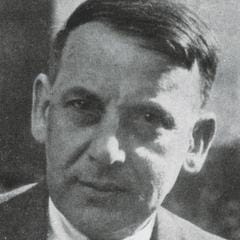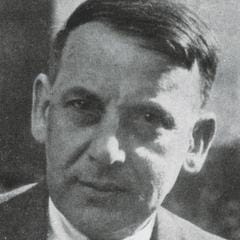“Orage’s Work” is a section on the work of A. R. Orage’s in relation to Gurdjieff’s teaching. It can be subscribed/unsubscribed separately to the rest of The Journal of Gurdjieff Studies.
There will be extracts of Orage’s writing posted, as well as interspersed commentaries at times.
For full citations of items referenced, see Introduction and Bibliography.
Alfred Richard Orage, whom Gurdjieff called “my brother,”1 left a great many psychological exercises, as well as essays, which may have relevance to aspects of Gurdjieff’s teaching. In Orage’s published exercises in The Active Mind: Psychological Exercises & Essays,2 a good number of them seem to be biased towards intellectual development however. Yet this is by no means a one-sided effort of the thinking centre, although it often seems the centre of gravity, and the initiator and maintainer of action.
Manipulation of numbers and words plays a large part in these exercises, as well as memorising, observation and visualising (and the equivalent for other senses). There is a short section concerned with emotions,3 which are mostly to do with the categorisation, recognition, recalling and evoking of emotions. And although external sense perception is given a fair amount of attention, the awareness of the body and its internal states is not. This, together with deeper work on emotions, is, however, given space in Orage’s Psychological Essays in the same book.
Leading on from the last post, The Cerebellum or Centre #4, Orage’s essay, How to Learn to Think, will be used as a springboard for, among other things, a further look at the relationship between what he called in his groups, Centre #3 and Centre #4. This too has a bearing on the transformation of substances in “the three storey factory,” and further thoughts on the connection between magnetism and love, introduced in the articles:
For the benefit of the forthcoming discussion, it is worth noting that Centre #3 was also called by Orage, variously:
And Centre #4:
Centre #3, is described as almost entirely employing “Verbal Logic,”9 and we are told that the technical term for the function of Centre #4 is Individuality.10 Centre #4 mediates a thought-process called Realization (said to be equivalent to what Gurdjieff calls Constatation), that is, it “deals intellectually with Reality, either with real things or with the real relations between real things,” and “contains the potentialities of a fully developed Formal Logic, only partially capable of being manifested though #3, and of Objective Logic.”11 What these terms actually signify, however, may not be immediately apparent.
Although Centre #4 mediates “Realization,” it is also said that Centre #4 energy is required for the activity of Self-Observation.12 This is worth noting, and ties in with what I have touched upon in the article, The Pairing of Sensing. Namely, I suggest that each centre, or each totality of psychic functioning, has an incoming and an outgoing current, or influence (here, Realization and Self-Observation, respectively). This can be viewed simply in terms of a helpful psychological picturing for the process of attention, but may also literally represent incoming and outgoing energies exchanged.
Orage’s essay, How to Learn to Think, along with fourteen other short essays, was published originally as part of “Fifteen Exercises in Practical Psychology” in Psychology Magazine (New York) between April 1925 and January 1926. These were later published as The Active Mind: adventures in awareness, and also as Psychological Exercises, in 1930.13 These essays, as a whole, contain a microcosm of Orage’s thought and approach.
Orage was in the United States at the time of writing these, having been for two years with Gurdjieff at the Institute for the Harmonious Development of Man at Prieuré, Fontainebleau, France, and before that he worked with Ouspensky, whom he had first met in 1914.14
Although these can be read as stand-alone essays, they are very much connected with each other, the one leading on to the next, and so on. And, while seemingly for a general audience, they very much encompass a number of key ideas of Gurdjieff’s.
While reading and digesting Orage’s material, as helpful as it may be as one approach to Gurdjieff’s teaching, it seems good to remember Gurdjieff’s criticism of Orage in 1930. Namely, that Orage had, in directing his group, “like a good ‘juggler,’ managed with only the primary information, out of the whole totality of information throwing light on all my ideas.”15 Gurdjieff, in particular, talks about the undesirable result issuing from having the centre of gravity of inner work on self-observation, as indispensible as that practice is for providing the energy of sufficient intensiveness for further work on oneself.16 What this “something ‘wrong,’ so definitely ‘all wrong’,” was, or this “very undesirable particularity in the general psyche,”17 due to “wrongly interpreted ideas” of his, is not entirely clear. But Gurdjieff takes pains to draw attention to the potential problems of concentrating on only one part of the totality of his ideas.18
Orage’s first essay, How to Learn to Think, may be accessed here:




